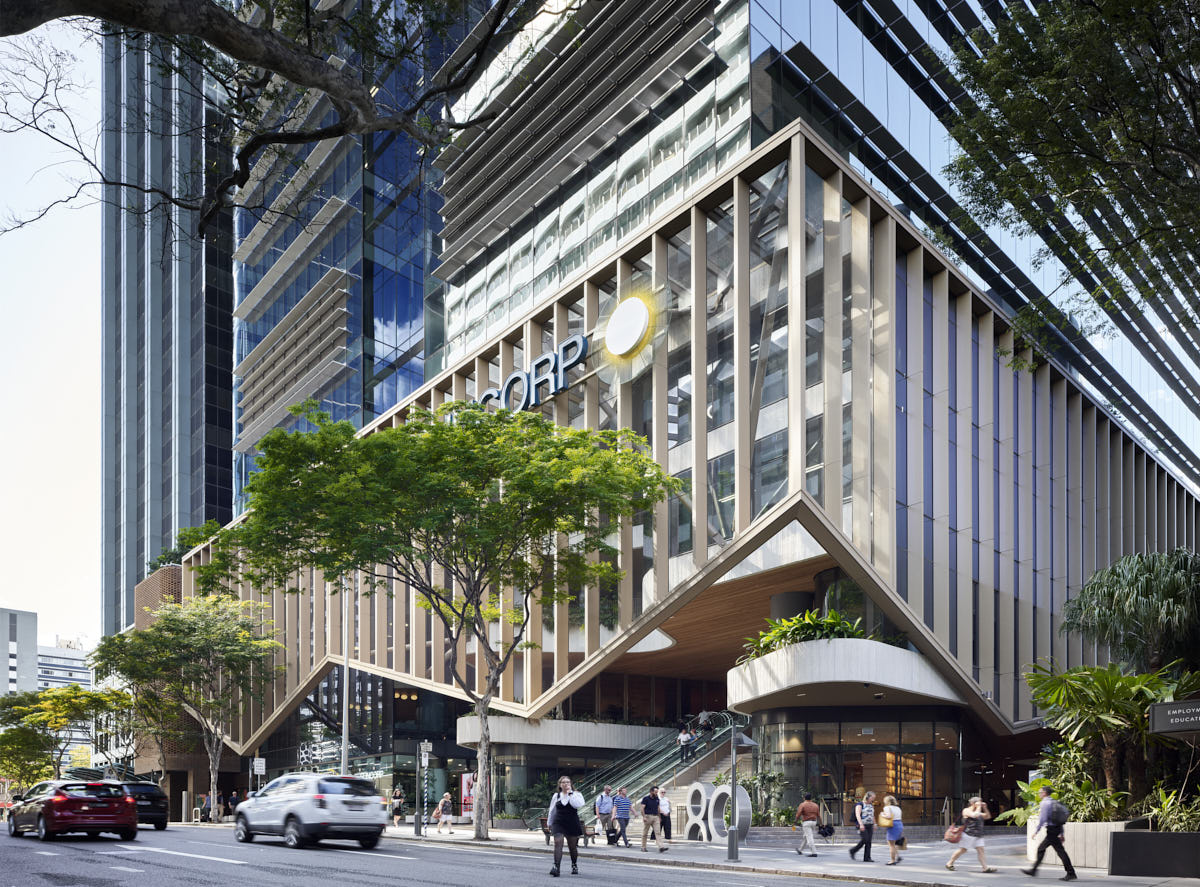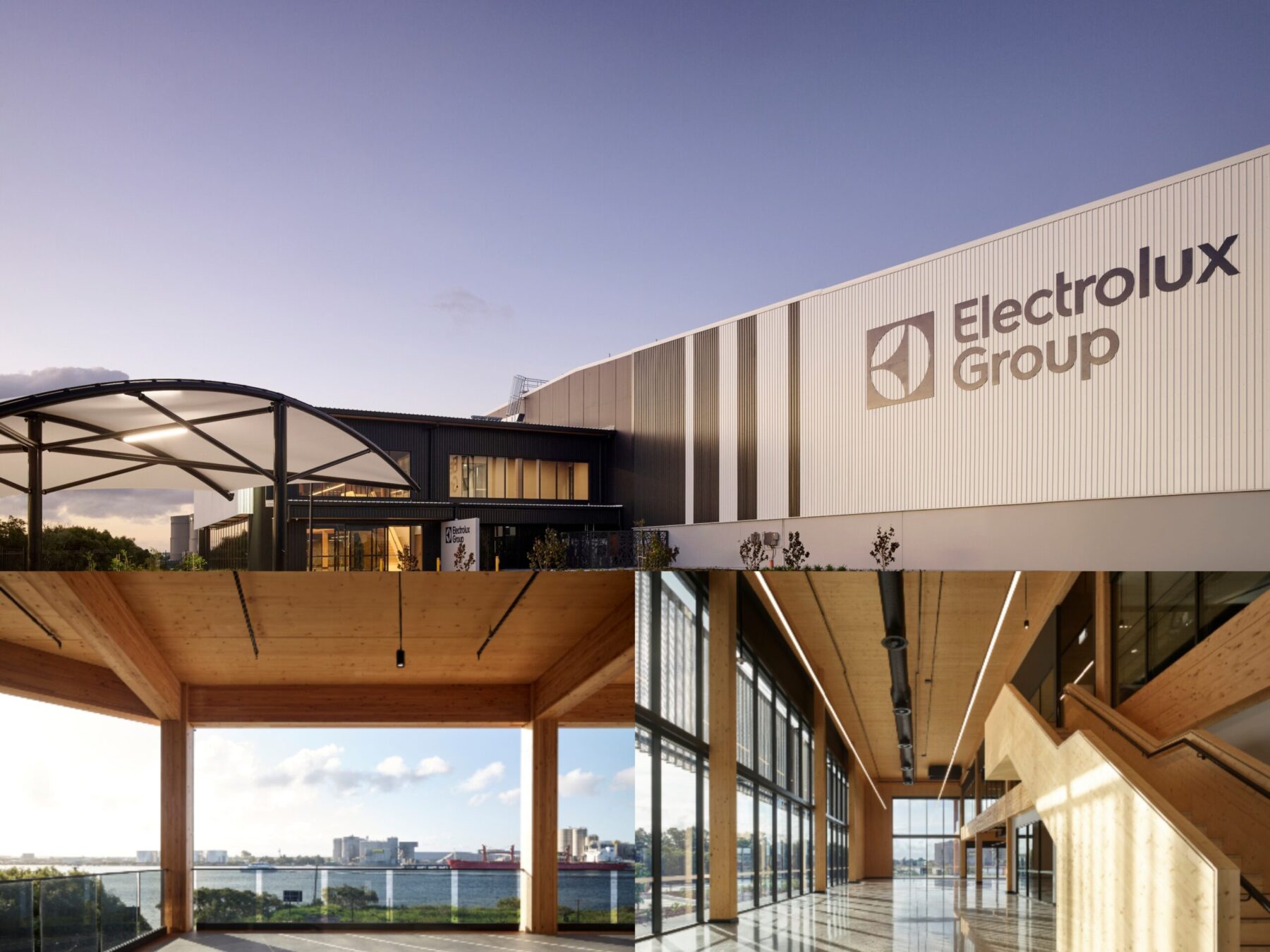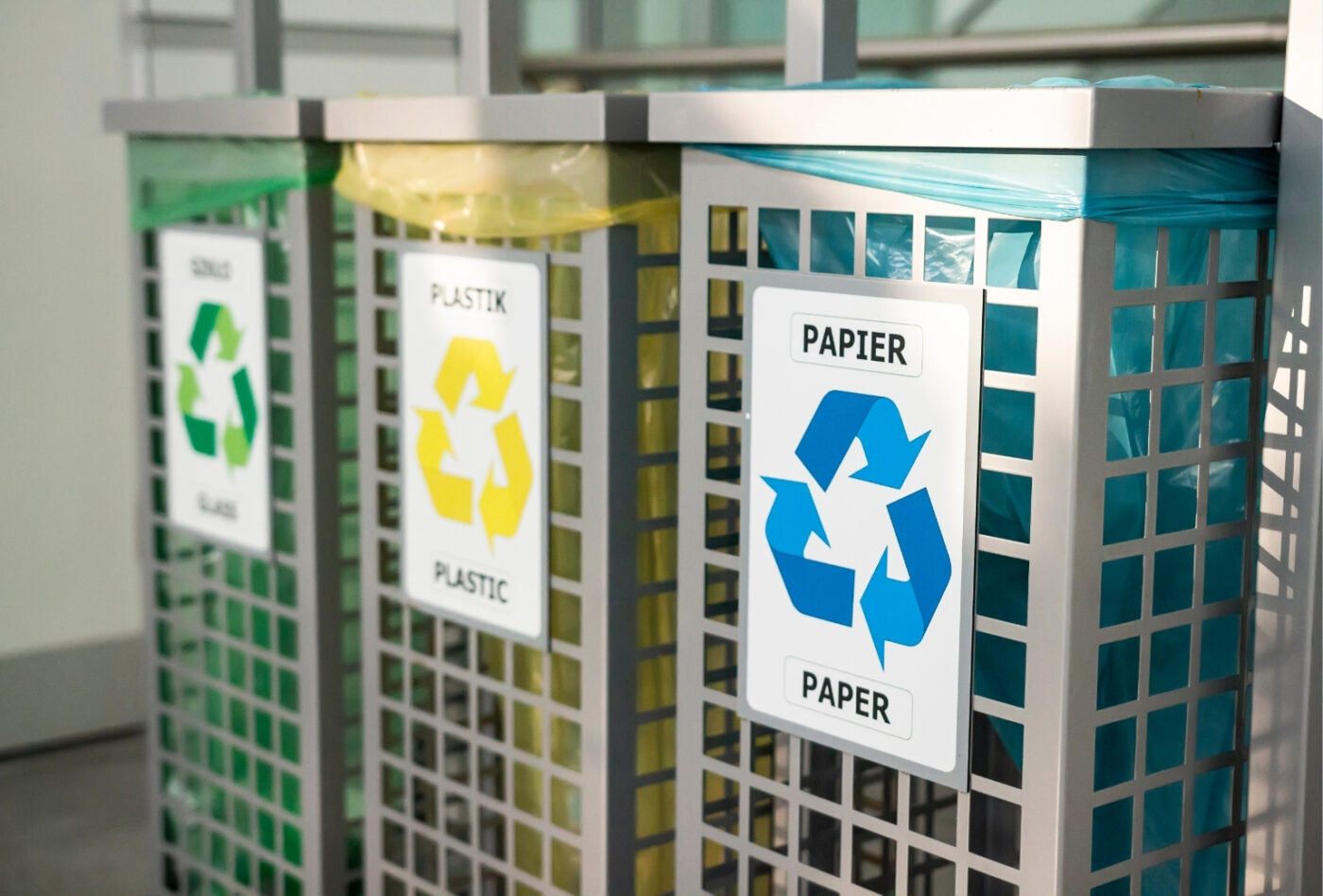
The “green” credentials of Australia’s most highly ESD-rated buildings have been brought into question by new research conducted by Nature Based Cities and ESD consultants Ark Resources.
The initial research by Nature Based Cities and Ark Resources, which has been undertaken to review the efficacy of Environmentally Sustainable Design (ESD) rating tools, has revealed that not one of the five most common accreditation schemes required tree retention, tree planting or nature-based landscaping as a mandatory requirement in its assessment process.
The five specific ESD rating tools reviewed are: Green Star, Built Environment Sustainability Scorecard (BESS), BASIX, EnviroDevelopment, and Climate Active.
The study concludes that projects can achieve a world-leading ‘green’ rating without a single tree being retained or planted. Accreditation can be achieved with no nature-based landscaping whatsoever.
The Nature Based Cities initiative is primarily seeking to communicate the economic, environmental, societal and cultural benefits of greener cityscapes; all research conducted will be open-source and publicly accessible.
The newly launched not-for-profit, which is backed by the private sector and helmed by Paul Hameister OAM alongside key research partners Urbis, Ark Resources and the University of Melbourne, has used the Ark Research study alongside a commissioned Urbis report titled “The Growing Value of Green Space”, to issue a call to arms to the industry to prioritise the inclusion of greenspace in the design of urban projects.
In its report, Urbis found that park-front units attracted, on average, a 17 percent price premium, while park-front houses attracted a 34 percent premium over the past ten years when compared with surrounding properties – among other key findings:
- Park-fronted properties have grown over the last decade in price by 9.6 percent per annum, making for an attractive statistic for would-be purchasers or investors – this is also nearly double the surrounding market average annual growth of 5 percent per annum
- In master-planned communities and inner/middle-ring developments, purchasers and investors can generate premiums up 28 percent for park-fronted properties, further bolstered by rental premiums of up to 49 percent for park-fronted properties
Despite the fact that less than 5 percent of the earth’s surface is urban space, 55 percent of humans lived in cities in 2018 – a figure which is expected to rise to 65 percent by 2050
The idea for the Nature Based Cities initiative was hatched when the development company that Hameister co-founded in 2005, Hamton, was seeking research to support the benefits of green open space being incorporated into the $2 billion redevelopment of the Moonee Valley Racecourse – but the scope for a commissioned piece of research quickly evolved to provide a framework that could be applied to any urban property development project or asset.
It was this evolution that led Hameister to commission additional research, and seek involvement from experts in their respective fields, the likes of lecturer of Urban Planning at the University of Melbourne Dr Judy Bush, director of Urbis Mark Dawson and managing director of Ark Resources Jan Talacko.
Alongside the research conducted by both Ark Resources and Urbis, the University of Melbourne also examined research and data from the last 20 years – in order to point to new approaches to creating nature based cities for sustainability and liveability; this research showed that the likes of New York, Barcelona and Stockholm are highly regarded cities that put greenspace at the centre of design.
Paul Hameister’s personal motivation to implore the industry and its rating tools to change stems from time spent on remote expeditions in ‘big nature’, many with his children, and an acute appreciation that the decisions he makes today will shape the world his children will inherit.
” The goal of Nature Based Cities is to encourage developers and large property owners to reverse urban tree loss and create new green space in our cities, while offering planners, designers, and developers a much-needed framework to incorporate more green open space into projects in cities’ inner and middle-ring suburbs.
“ Looking further afield we are advocating to refine Australia’s Environmentally Sustainable Design (ESD) standards to include greenery as part of their rating systems.
” We’re at a critical juncture concerning the climate. While many of the current environmental issues we’re facing have stemmed from urbanisation, our cities’ contributions towards addressing these global challenges are increasingly important.
“ The Ark research finds that its currently possible to achieve a 6 star Green Star rating for a building – the highest level of ESD recognition possible – without a single tree or blade of grass. To me this is outrageously deficient.
“ One of the simplest and most effective ways we can cool the earth and address climate change is to retain and plant more trees, and it’s time to provide every tool possible to the development industry to be a leading force for this change – starting with an urgent update to our Nation’s ESD accreditation tools.
” Through Nature Based Cities, we seek to provide other property developers and institutional property owners open access to research, starting with work commissioned through the University of Melbourne and Urbis.
” We hope this research will contribute to decisions to incorporate more green open space and trees in future developments and existing property assets, such as shopping centres and office precincts,” Mr Hameister said.
Dr Judy Bush, lecturer of Urban Planning at the University of Melbourne said ” The case studies considered in our research – ranging from New York, Barcelona, Stockholm, Amsterdam and even Sydney’s Barangaroo precinct – are highly regarded by the global community as thriving centres for commerce and culture, whilst also being characterised by placing greenspace at the centre of urban design.
” The analysis of these cities highlighted 12 common features that together support the design of new urban green spaces that deliver multiple functions and meet a diversity of needs,” Dr Bush said.
Mark Dawson, director of Urbis said ” In many instances, population growth in inner-city regions is outpacing outer regions, prompting the need for greater densification of housing in an area with limited green space.
” Beyond being the right thing to do, it helps when the commercial case can bring forward progress. It is exciting to see community, environment, and investment drivers come into line through Nature Based Cities. This will be important in getting the next growth phase in our cities right,” Mr Dawson said.
Whilst the development industry will argue that it is not the answer, Jan Talacko, managing director of Ark Resources said “We recommend the introduction of mandatory minimum thresholds for incorporating vegetation across all green accreditation tools and believe that this requirement could be readily incorporated into all the rating frameworks we assessed,” said Mr Talacko.
All Nature Based Cities research, findings and exemplar projects are publicly available via www.naturebasedcities.com.au



